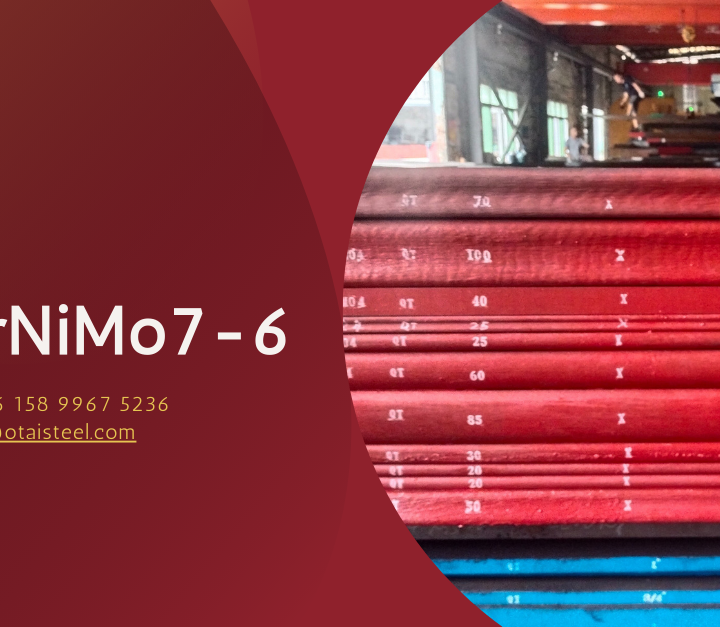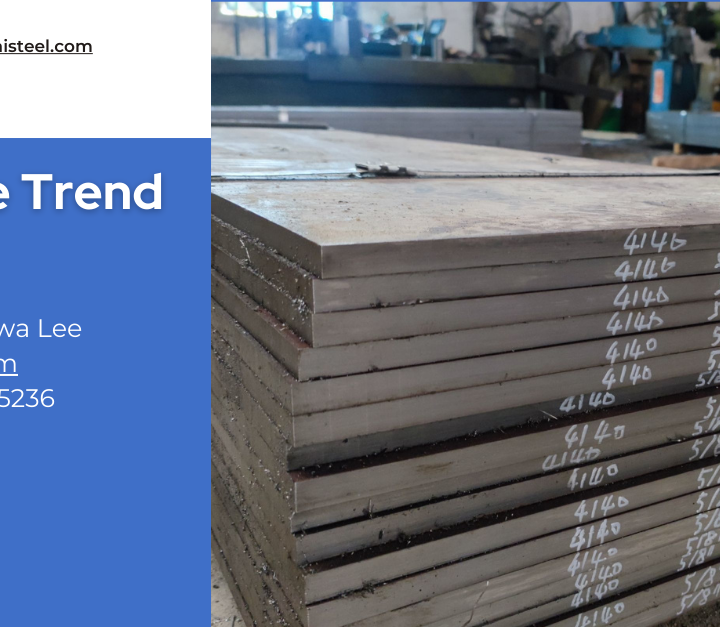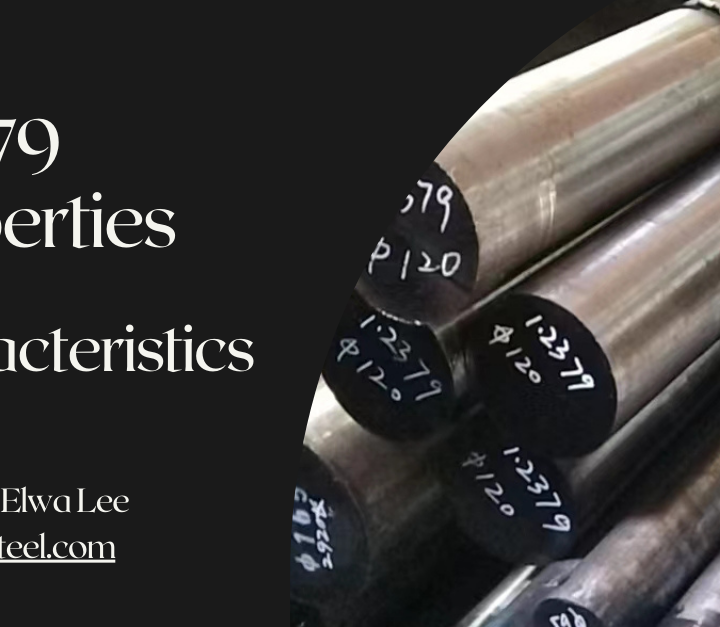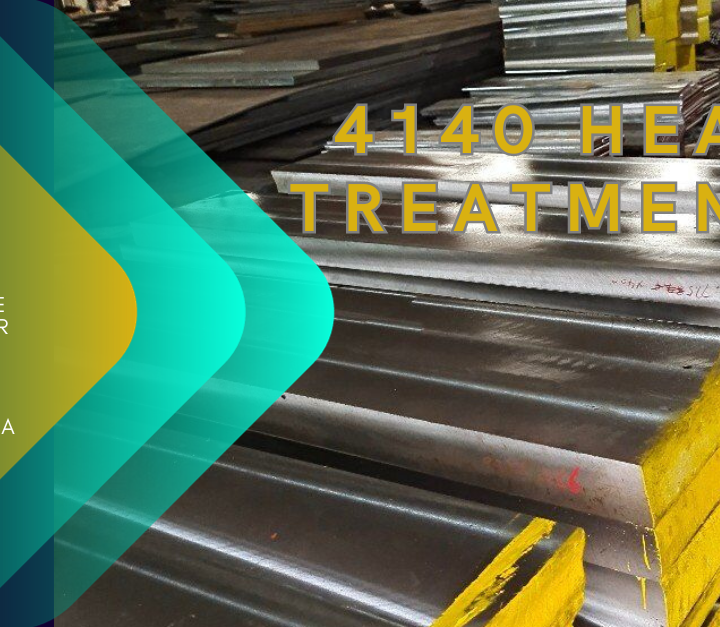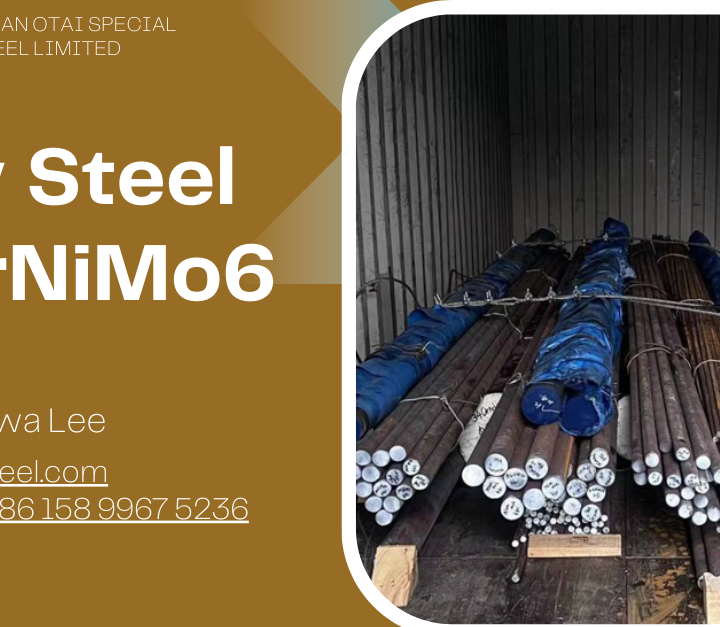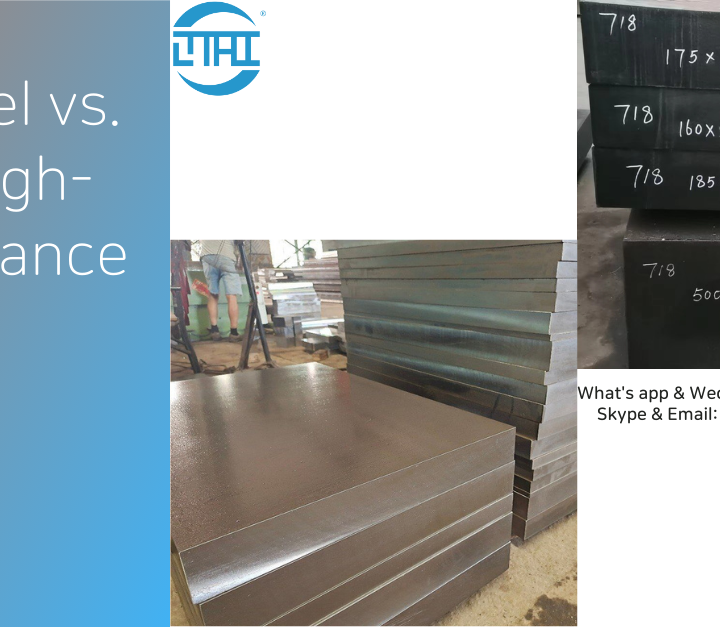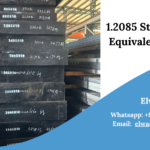Welcome to Dongguan Otai Special Steel’s in-depth guide on 1.2085 material. If you’re looking for detailed information about the composition and characteristics of it, you’ve come to the right place. In this comprehensive article, we will explore the key aspects of this material, providing you with a clear understanding of its composition, properties, and its various applications.
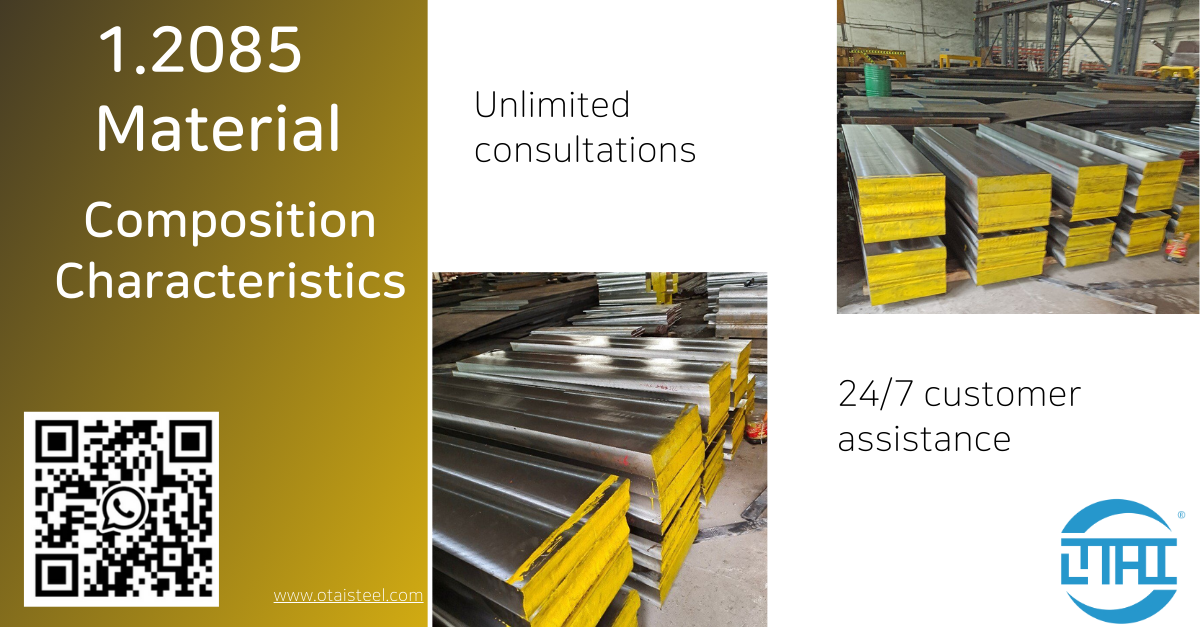
Understanding
1.2085 material, also known as AISI 420D, is a versatile and highly regarded tool steel with a martensitic stainless steel structure. It is known for its exceptional hardness, corrosion resistance, and wear resistance properties. To fully appreciate the capabilities of 1.2085 material, let’s break down its composition and characteristics.
Composition
- Carbon (C): 1.2085 material contains a moderate amount of carbon, which contributes to its hardness and wear resistance. The carbon content typically ranges between 0.36% and 0.42%.
- Chromium (Cr): Chromium is a key alloying element, making up approximately 13% to 14% of its composition. Chromium enhances the material’s corrosion resistance and provides it with a shiny, polished finish.
- Manganese (Mn): Manganese, in small quantities (around 1%), helps improve the steel’s hardenability and overall strength.
- Silicon (Si): Silicon is present in trace amounts, usually less than 1%. It contributes to the material’s resistance to oxidation and scaling at high temperatures.
Characteristics
- Hardness: One of the standout features of it is its exceptional hardness. This characteristic makes it suitable for applications where sharp cutting edges and durability are required.
- Corrosion Resistance: Thanks to its chromium content, it exhibits good resistance to corrosion, especially in mildly aggressive environments.
- Wear Resistance: The combination of carbon and chromium in its composition gives it excellent wear resistance, making it suitable for tool and die applications.
- Polishability: it can be polished to a high luster, making it an ideal choice for applications where appearance matters, such as cutlery.
Applications
- Cutlery: Its hardness, corrosion resistance, and polishability make it ideal for knife blades and utensils.
- Mold Making: Commonly used for making plastic injection molds due to its wear resistance.
- Aerospace: Selected for its strength and durability in aerospace components.
- Medical Instruments: Used in the production of surgical instruments where sharpness and corrosion resistance are critical.
Conclusion
In conclusion, 1.2085 material, with its unique composition and remarkable characteristics, is a valuable tool steel with applications in diverse industries. Its hardness, corrosion resistance, and wear resistance make it a sought-after choice for various cutting and molding applications. If you have any inquiries or need further information about it, please don’t hesitate to contact us at elwa@otaisteel.com or reach out to us on WhatsApp at +86 158 9967 5236.
FAQs
- What is the typical hardness range of 1.2085 material, and how does it affect its applications?
1.2085 material typically exhibits a hardness range of approximately 52-55 HRC (Rockwell C scale). This level of hardness makes it well-suited for applications requiring sharp cutting edges and resistance to wear, such as knife blades and molds.
- Is it stainless steel, and how does it fare against corrosion?
Yes, 1.2085 material is considered martensitic stainless steel. It contains chromium, which imparts corrosion resistance. While it is not as corrosion-resistant as austenitic stainless steels, it performs well in mildly corrosive environments.
- Can 1.2085 material be heat-treated for improved properties, and what are the benefits of heat treatment?
Yes, 1.2085 material can undergo heat treatment processes such as quenching and tempering. Heat treatment can enhance its hardness, toughness, and overall performance. It allows for customization of its properties to suit specific applications.
- Are there any special considerations for machining or working with 1.2085 material?
Machining 1.2085 material requires tools and processes suitable for hard materials. Carbide tooling is often recommended. Additionally, proper cooling and lubrication are essential during machining to prevent overheating and tool wear.
- Where can I source 1.2085 material, and are there international standards governing its production and quality?
1.2085 material is available through reputable steel suppliers and manufacturers. It is essential to source it from trusted sources to ensure material quality. International standards, such as DIN, AISI, and JIS, provide guidelines for the production and quality control of this material.
